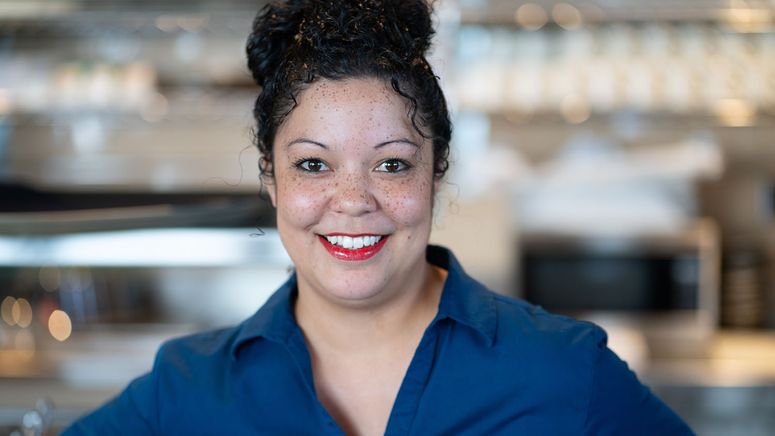Now that you’ve settled into your new home, how are you tracking? Are you feeling happy in your new surroundings?
Sure, it can take time to settle into a completely new environment, and to get used to life in residential care – but are there aspects of your new home life that could be improved?
Perhaps your initial decision was a little rushed, and you’d like to find a better fit.
Relax – you are free to change your mind. And now that you are in your new home, and have a better idea of your needs, likes and dislikes, you have the freedom to take some time to consider your options.
How to find the right home for you
To help you come to a decision, test yourself on the following questions.
- Does the location of your home suit you? Are your friends and family nearby, and able to visit you regularly?
- Is your room comfortable and spacious?
- Does your home have a friendly atmosphere?
- Is there a restful garden on-site or outdoors seating areas? Could the shared spaces be more relaxing and comfortable?
- Does your home have an interesting social calendar?
- Is the food served nutritious and appropriate? Do you have any dietary requirements that could be better catered for?
Staffing & level of care
How do you get on with the people who work at your home? Do they seem caring and take the time to discuss your issues, or are they overworked? Do the interactions you have with staff feel rushed and offhand?
And what about the level of care? Is it adequate, and are the services you need on hand? For example, are a range of health care professionals available, and is a registered nurse always on duty? If you need more specialist nursing, mobility equipment or other support, is it available?
Activities
Does the range of activities on offer suit your interests? If you love to sing, is there a choral group? If you love to knit or paint, does your home offer crafternoon sessions? And if you like to get out and about, are there group outings, such as movie or museum excursions? Are scheduled visitors organised? Maybe visits from school kids, petting zoos or therapy dogs.
If you have any special requirements, such as the language you speak or the religion you follow, are they being met?
Step-by-step process to changing homes
The good news is that switching facilities is easier than you might think. Plus, your current home is obliged to support you in your move, and to help make it as smooth as can be.
A possible downside is that it could take longer than your initial move, because your need for a placement won’t be considered urgent. However, in the meantime, you can join the waiting lists at several aged-care homes.
Switching facilities involves the following steps:
-
Get ready to do some home hunting! Now that you’ve experienced life in an aged-care home, you’ll have a much better idea of the kind of home you’re looking for. Keep in mind those all-important points: location, cost, level of care and facilities.
To help you narrow down the options, take a look at the aged-care residential homes listed on the Dailycare.com.au website.
-
Before you arrange to tour new homes, ask your Care Manager for a copy of your current home’s Care Plan. You or members of your family will need to show this when checking out new facilities.
-
Check the vacancies and put your name down on your selected homes’ waiting lists.
-
When a vacancy comes up, the next step is paperwork – you’ll already be familiar with that! You’ll need to complete the application and admissions documents, agree on fees and sign a new agreement, which could involve a new means assessment.
You’ll need to review your new home’s resident agreement, accommodation agreement and, if applicable, extra services agreement, covering fees, room details, services, and your rights and responsibilities. -
Finally, you’ll need to decide on your moving day date and give your current home seven days’ written notice of your intention to move to a new home. If you’ve been at your current home for less than 14 days, you won’t need to give any notice.
-
Your bond (aka the snappily named Refundable Accommodation Deposit – RAD) must be refunded within 14 days – you can ask for this payment to be transferred to your new home.
Depending on your circumstances, there could be some financial reassessments to be made; for example, taking into account a reduced bond balance if you’ve chosen to use your RAD to pay your current home’s fees. Also, the RAD on your new home could be different, and so it too would need to be reassessed.




